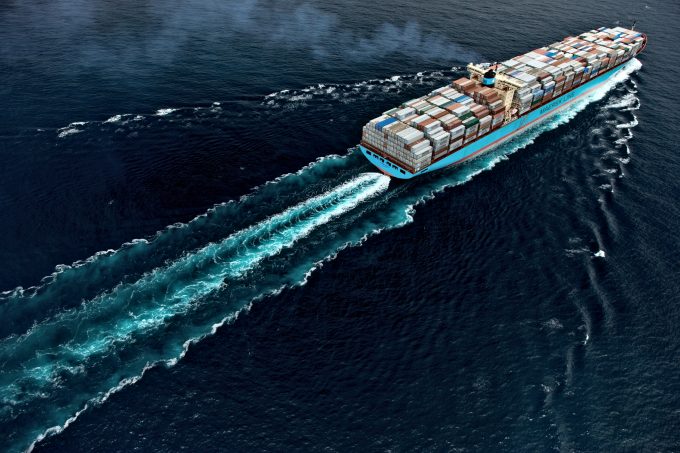Shipping lines are sub-letting tonnage to profit from firm charter market
Charter rates continue to defy the freight market, with HMM sub-letting a chartered vessel to ...

The operating profits of the majority of ocean carriers sank into the red in Q4 last year, but a wide disparity between the fortunes of the lines has been revealed.
The average EBIT [earnings before interest and tax] in the fourth quarter 2015 of 14 carriers that publish ...

Comment on this article